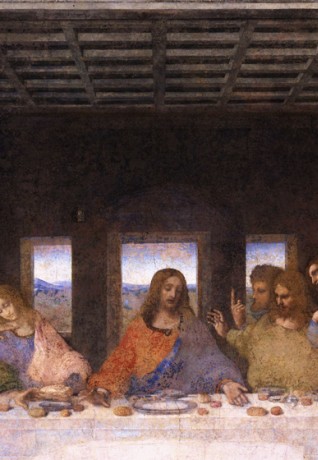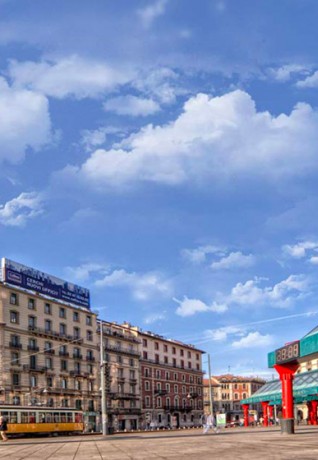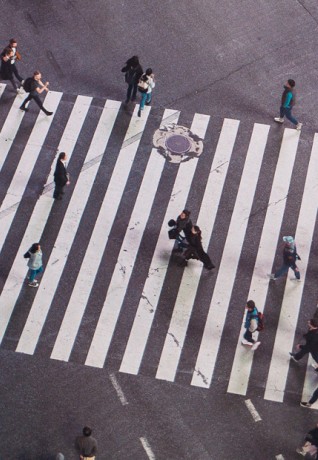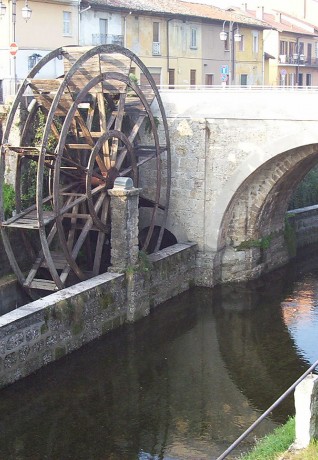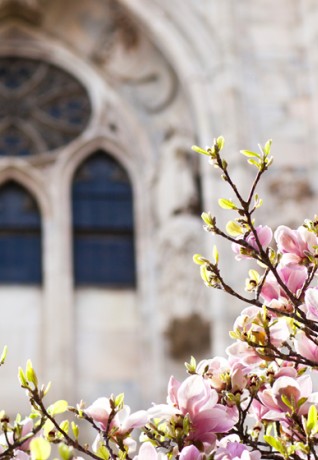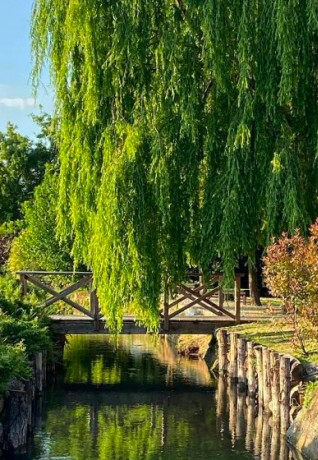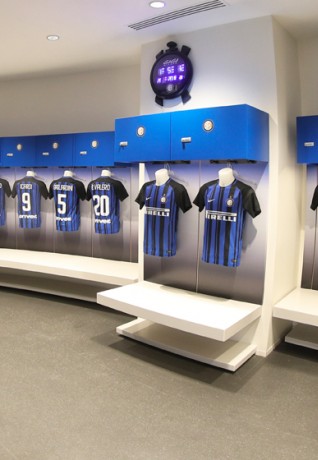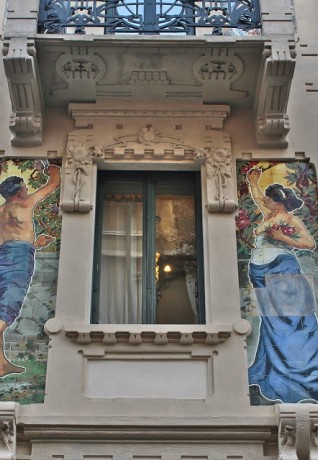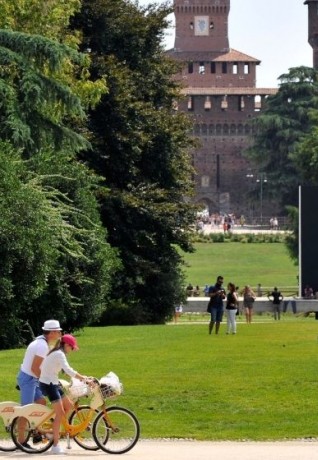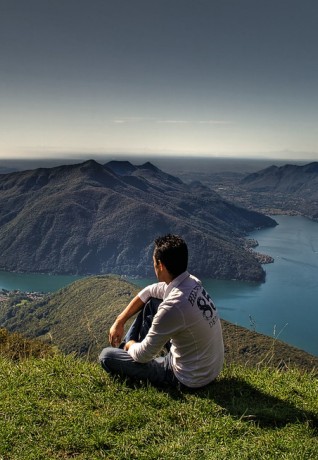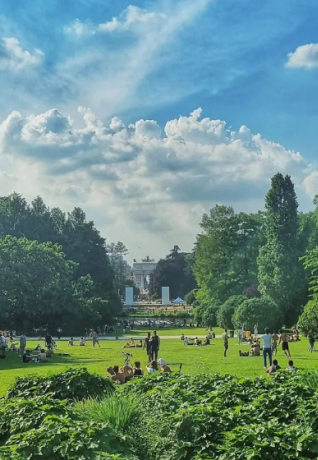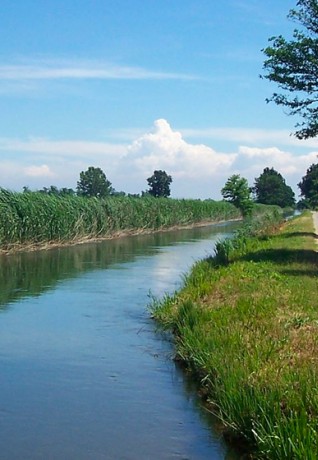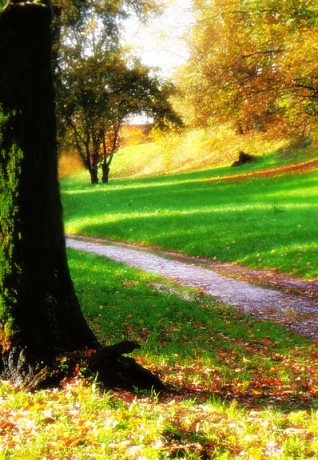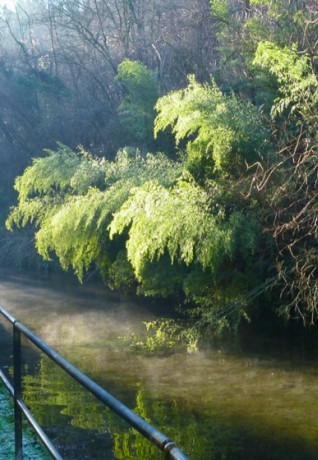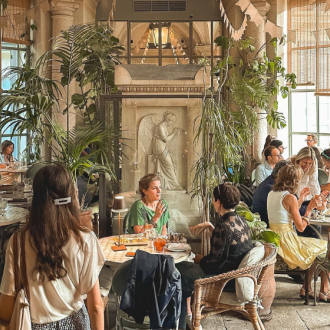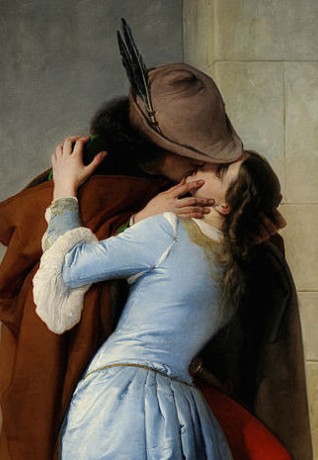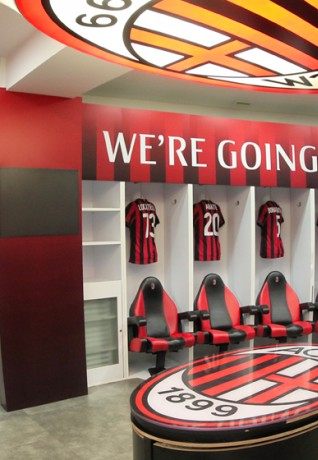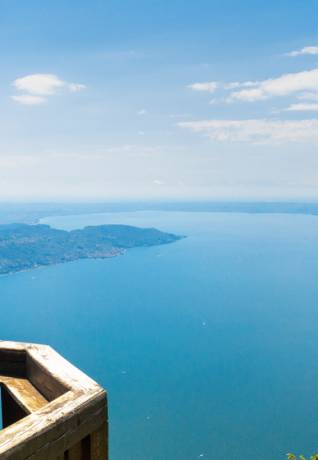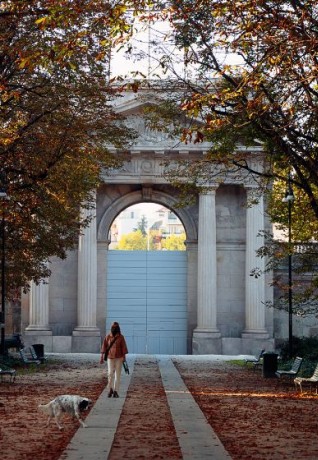Following in Leonardo’s footsteps
Cycling itinerary around downtown Milano
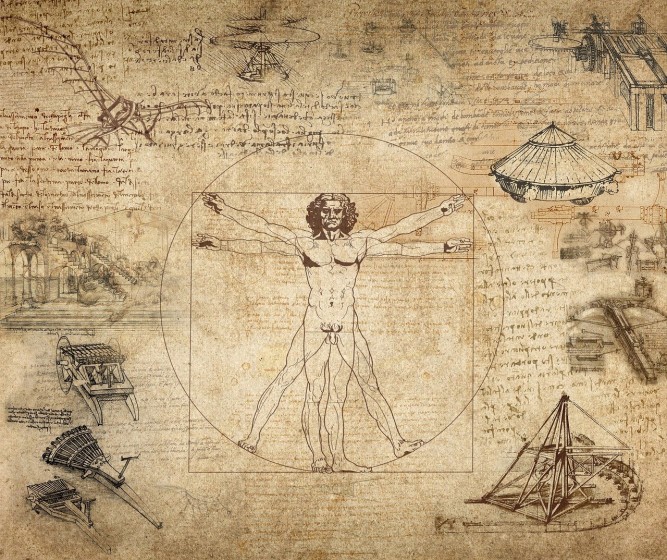
- 1st stop - Piazza della Scala and the Monument to Leonardo
- 2nd stop - Palazzo Reale
- 3rd stop - La Pinacoteca Ambrosiana - The Ambrosiana Picture Gallery
- 4th stop - Cenacolo Vinciano - The Last Supper
- 5th stop - Museo della Scienza e della Tecnologia - Museum of Science and Technology
- 6th stop - Il Castello Sforzesco - La Sala delle Asse
The best time to cycle around downtown Milano, and feel as though you own the city, is definitely on Sunday mornings.
If you wish to combine exercise and culture, we can offer a great itinerary around the city that follows in Leonardo’s footsteps.
Leonardo da Vinci spent almost twenty-five years of his life in Milan, initially at the Sforza court (1482-1499) and, starting from 1508, at the service of his new patron Louis XII, the French king.
Indeed, many of his most famous works are from his time in Milano, including the Virgin of the Rocks (Leonardo, according to some, drew inspiration for its background from Tre Corni dell’Adda, a rock structure by the Adda river), The Portrait of a Musician and, of course, his world-famous masterpiece: The Last Supper, in the refectory of the Dominican convent of Santa Maria delle Grazie.
If you wish to visit the Last Supper, please don't forget to book your visit in advance.
But let us pick up our bicycles now and follow the Milanese footsteps of this quintessential Renaissance man, one of the most eclectic geniuses in the history of mankind. Leonardo never ceased to amaze with his extraordinarily futuristic inventions, his incomparable paintings and his wealth of fascinating observations on natural phenomena, art and science that made him a true precursor in the most diverse fields of the arts and sciences.
Let us start our journey from the marble Monument dedicated to Leonardo da Vinci, created by the sculptor Pietro Magni in 1872.
The artist appears atop a pedestal surrounded by 4 pupils: Cesare da Sesto, Marco d’Oggiono, Giovanni Antonio Boltraffio and Andrea Salaino.
The Milanese have playfully nicknamed the statue a liter in quater, which in the local dialect literally means ‘a litre split in four’, because the statue brings to mind a bottle of wine surrounded by four glasses.
If we cycle from Piazza della Scala through via Marino and via San Raffaele we get to Piazza del Duomo and the majestic Palazzo Reale where Leonardo, the great artist, had his workshop.
From here he could follow works at the adjacent construction site of the new cathedral, the Duomo, for which he made several technical drawings and a model of the dome lantern.
In fact, like other contemporary architects and illustrious engineers, Leonardo found himself involved in a discussion concerning the solution to the architectural problem of the cathedral's dome lantern.
If you would like to enjoy a virtual tour of the Duomo please click here.
From Piazza del Duomo cycle through Passaggio Duomo, along Via Victor Hugo then Via Spadari and Via Cesare da Cantù to reach Piazza Pio XI and Pinacoteca Ambrosiana which houses the extraordinary Codex Atlanticus, the largest and most important collection of Leonardo da Vinci's drawings in the world.
The Codex is testimony to Leonardo’s lifelong learning and greatness outside the fields he is conventionally associated with, from painting to inventions. The exceptional collection of Leonardo's writings and drawings covers the entire life of the Renaissance genius and testifies to his enormous contribution to engineering, architecture, hydraulics, mechanics, town planning, military studies and, in general, to scientific and technological culture.
The Codex Atlanticus consists of 1119 pages that have been ‘unbound’ to be displayed in rotation in the 22 display cases set up in the Sala Federiciana.
The Pinacoteca also hosts the Portrait of a Musician, the only painting on wood by Leonardo remaining in Milano.
Now turn right into Via Cesare Cantù and bear left into Via Armorari and Piazza Edison. Then cycle along Via della Posta, via Santa Maria Fulcorina and via Santa Maria alla Porta to arrive in Corso Magenta.
Ride along Corso Magenta and turn right into Piazza Santa Maria delle Grazie to reach Museo del Cenacolo Vinciano, which hosts the famous The Last Supper mural, Leonardo’s masterpiece.
After having completed meticulous preparatory studies, Leonardo worked for four consecutive years in the Renaissance refectory of the Santa Maria delle Grazie convent.
He worked on his painting with mixed tempera on dry sealed plaster.
The influential work was part of the renovation of the convent of Santa Maria delle Grazie, started in 1492 under the patronage of Ludovico il Moro.
From Piazza Santa Maria delle Grazie, we take a left turn into via Bernardino Zenale and then bear left again into via San Vittore. At n.21 you can’t miss Museo della Scienza e della tecnologia, which is located in the beautiful former Olivetan Monastery.
In addition to purely artistic works, Leonardo also applied his genius to scientific studies and feats of engineering. Of particular interest among the museum sections is the one dedicated to Leonardo the scientist, technician and inventor: some models of the marvellous ‘machines’ conceived by Leonardo during the fifteenth century have been reinterpreted and recreated from his detailed drawings.
Continue along via San Vittore and turn right first in Via Matteo Bandello and then into Corso Magenta. Then bear left for via Caradosso and take the second exit at the roundabout in Piazza Virgilio onto via Boccaccio. After crossing piazzale Cadorna and a short stretch of Foro Bonaparte (on the cycle path) you will reach the Castello.
When Leonardo arrived in Milan in 1482, the Castello was the seat of the ducal court. This Renaissance genius observed it and then sketched the future towers. In collaboration with other contemporary artists, he frescoed various rooms of the palace and designed the famous, yet never carried out, Equestrian Monument to Francesco Sforza. He built fascinatingly complex machines that were intended to amaze the guests at Court.
Sala delle Asse formed part of the Duke's personal apartments and was the most important of the rooms in the Sforza court, used as a reception hall by Ludovico il Moro. It preserves remains of the pictorial decoration attributed to Leonardo. The paintings, rediscovered and restored during the renovation of the Castello, depict a decorative arboreal pavilion formed by the intertwining of 16 mulberry trees – which Ludovico il Moro loved - and a golden rope, tangled and knotted several times. The trees intertwine to form the vault’s pergola.
The most important outcome of the mid-1950’s restoration is represented by the discovery of the so-called Monochrome drawing depicting a large root that splits the rock and strongly changes the perception of the room. Painted on the fireplace opening, it had already been found by Beltrami who, however, had considered it to be from the seventeenth century. It was finally recognised as a work by Leonardo in 1954.

 Log in
Log in


